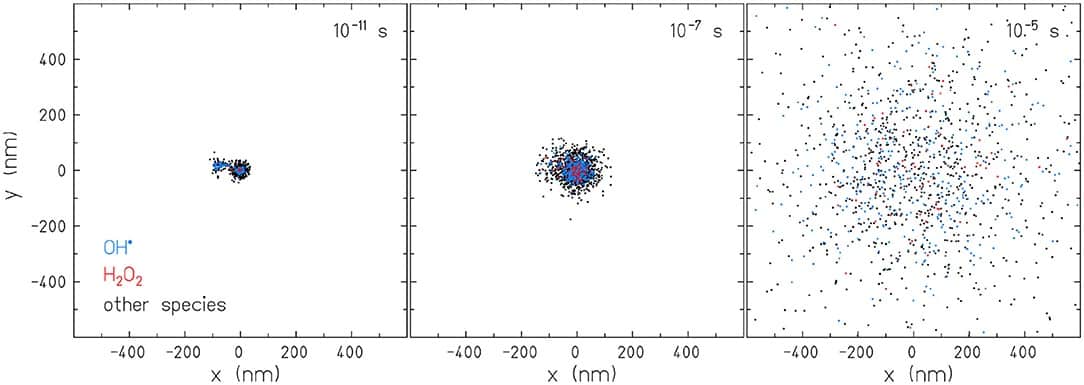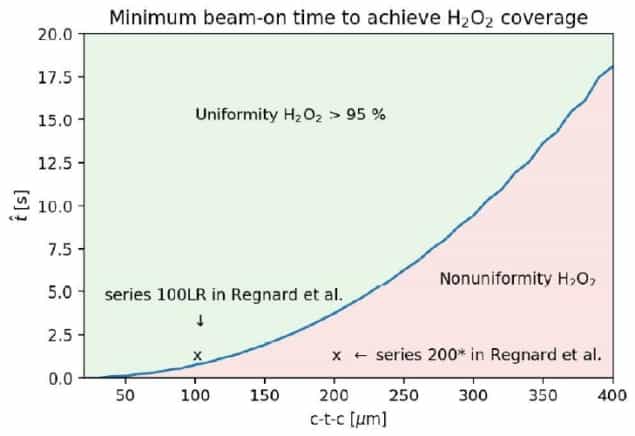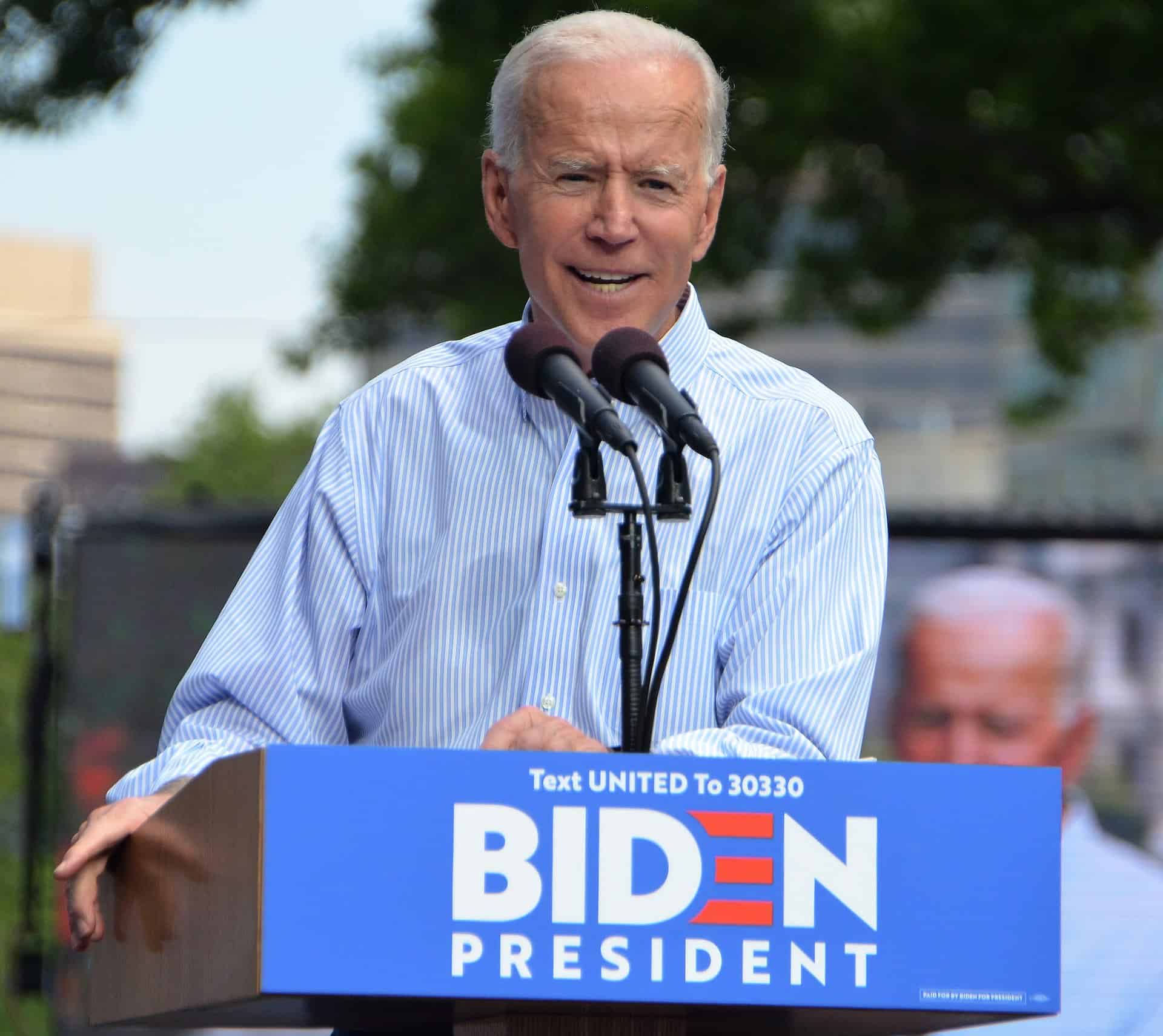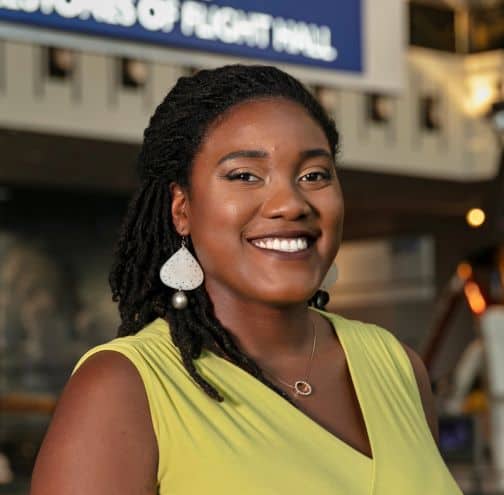
“I am not who they think I am.”
When my impostor syndrome flares up, I’m constantly afraid that I will be “exposed” for who I truly am, and then excommunicated from physics for not being “one of them”. These thoughts started to creep in when I was taking my first real physics class as an undergraduate. I wasn’t doing well on the exams and I was struggling with the homework. I started to think, “Can I really do this? Am I meant to be here?”
At that time, I thought that if you’re meant to follow a certain path, then it should come naturally to you. But physics definitely didn’t come naturally to me, so why did I stay in it? Why didn’t I just quit and pick a different field? Well, the first reason is that I am a really stubborn person. When I say I want to do something, I will do it, because I feel I need to prove the people wrong who said I couldn’t. The second reason is that I love science, especially physics. Physics is the subject that satisfies my curiosity and allows me to ask the many questions that run through my mind. How could I not want to pursue it?
Overcoming hardships
When I was a senior in high school, I told my mathematics teacher that I wanted to study astrophysics. He responded by telling me that physics is really hard. So I knew from the start that it wouldn’t be easy, but I told myself that I could do it as long as I put in the effort. The truth, though, is that physics isn’t just hard. It’s super hard, and it was much harder for me than I thought it would be. That’s when I started to have doubts about whether I was a good fit.
I also had a couple of added challenges. The first challenge was that I wasn’t very good at mathematics. In high school I took most of my mathematics classes through an online platform and essentially learned nothing for two years. After that, I spent a year not taking any mathematics at all because I was supposedly “ahead” and couldn’t take the next class because it didn’t fit in my schedule. So when I took a placement exam at the beginning of my undergraduate degree, I was shocked to find that I scored well enough to start calculus right away. I honestly felt like this was a mistake, but I decided to go ahead because I didn’t want to fall behind. Fortunately, my mathematics and physics professors were patient with me even though I struggled so much in their classes.
My other added challenge was more personal. My father passed away during my junior year of high school, and afterward things became difficult for me, my mother and my younger brother. I didn’t give myself time to address my grief because I felt I had to step up and take care of my family; I couldn’t waste time feeling sad and vulnerable. I also felt that my family needed me to succeed, even though they never told me so. All of this took a toll on my mental health, and four years later, during my junior year of undergrad, the effects of never addressing my father’s death finally reached a breaking point. I sought help through therapy, and although I didn’t find it super useful, it did give me tools to help me grieve by writing letters to my father and allowing myself to feel sadness. If I hadn’t done that, I think I would have completely broken down.
The next transition
By the time I finished my undergrad I was starting to feel more confident. I still had doubts about certain aspects of my physics ability, but I had stopped questioning whether I belonged in the field. I truly felt like I was a physicist, and that was due to the wonderful support of the faculty at my undergrad institution. I also found that pressure from my family fuelled my desire to keep going and do well in my chosen path. My loved ones sacrificed so much for me to get where I am today that I simply couldn’t give up, even if I wanted to.
I didn’t do all that well on my physics and general GREs (the entrance exam for postgraduate studies in the US), so I was very surprised when I got accepted into a few PhD programmes. I was even more shocked when I got a fellowship offer from one of them. After visiting a couple of institutions and deliberating over the pros and cons, I settled on West Virginia University (WVU) in part because, out of all the institutions that accepted me, WVU was the closest to my family, and that was very important to me.
Upon entering grad school, I quickly realized that it was more difficult than I thought it would be. (Does this pattern seem familiar?) Between juggling coursework and dipping my feet into research, I was struggling. This was also my first time living by myself, so I felt lonely and isolated. The pressure to do well grew exponentially, and the voice of impostor syndrome, once whisper-quiet, came in like a loud roar: “Are you sure you can do this? Everyone else is doing fine, so why are you struggling so hard? If you keep messing up, people will figure out that you’re not meant to be here.”
During my first year of grad school, these thoughts were in my mind day in and day out. After that, though, I started to socialize with people more, and I realized I was not the only one who was struggling with my classes. I gained comfort from the fact that I was not alone, even though it sometimes felt like it.
The pressure to do well grew exponentially, and the voice of impostor syndrome, once whisper-quiet, came in like a loud roar
Unfortunately, the research side was a different story, because my first adviser made me feel like I was not a good researcher. Often, our conversations centred on how I wasn’t doing enough or putting the time into my work. He would even compare me to his other students and tell me how they were making so much more progress. This meant that I was constantly comparing myself to others, which is a major driving force for impostor syndrome because it makes you feel like you shouldn’t be there. As a result, I became depressed, and I started to lose both my passion for research and my motivation to do well. I even started to question why I was in grad school and whether it mattered if I got a PhD.
After I was forced to leave this first research group, I participated in a summer internship as a way of escaping my toxic situation. Sometimes, it helps to place yourself in a safer, more positive environment for a while, and my internship gave me that refuge. When I returned, though, I was immediately thrown into the cycle of impostor syndrome again, because switching advisers would have meant that I had to take on a new research project. At this point, I knew I needed to seek mental health counselling. Reluctantly, I scheduled some one-on-one sessions at our student counselling centre, and those sessions helped me address the trauma I experienced.

The disability is there, but I belong
Facing problems
Earlier in my academic journey, I became accustomed to running away from my problems because I thought if I took the time to address them and take care of my mental health, I would “fall behind” everyone else. Since then, I’ve learned that the opposite is true: avoiding problems and not addressing trauma is actually a great way to make your mental health worse. It also fuels impostor syndrome because you’re “not being productive like everyone else”. The first step to achieving mental wellness, therefore, is to acknowledge the problems you’re facing. By doing that, you give yourself space to work through whatever emotions you’re experiencing.
My impostor syndrome constantly told me that I was not like everyone else; that I couldn’t succeed; that my accomplishments were small in comparison to those of my peers; and that I shouldn’t be held up on the same pedestal as them. In fact, none of these things is true. We are all on different paths, so it doesn’t make sense to compare yourself to others, even if they look like you. Taking care of your mental health and combating feelings of impostor syndrome takes time, but it can be done. Ultimately, my path is my own, and however long it takes me to traverse it is up to me.

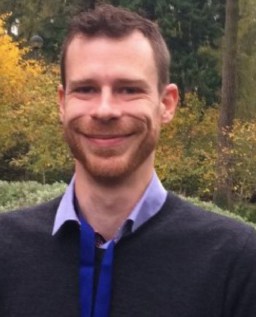 James Robinson graduated with a materials science degree from the University of Oxford. He gained a background in plasma technology prior to joining Oxford Instruments Nanoscience as a product manager for the company’s ultra-low temperature systems. Responsible for the new Proteox® system, James has developed a vast knowledge of its usability and unique features that makes it an ideal alternative tool for the low-temperature research.
James Robinson graduated with a materials science degree from the University of Oxford. He gained a background in plasma technology prior to joining Oxford Instruments Nanoscience as a product manager for the company’s ultra-low temperature systems. Responsible for the new Proteox® system, James has developed a vast knowledge of its usability and unique features that makes it an ideal alternative tool for the low-temperature research.
 Dr Jie Xiao is currently a laboratory fellow and group leader of the Battery Materials and System Group at the Pacific Northwest National Laboratory. She holds a joint position at the Department of Chemistry and Biochemistry at the University of Arkansas. Xiao is an ECS fellow and serves as the ECS Battery Division secretary. She received her PhD in materials chemistry from the State University of New York at Binghamton. Xiao has been leading research on practical applications and the fundamental study of energy-storage materials and systems, spanning from microbatteries for acoustic fish tags to advanced battery technologies for vehicle electrification and grid-energy storage. She has published more than 100 peer-reviewed journal papers, two book chapters, and holds 17 US patents in the energy-storage research area. Xiao has been a top 1% Clarivate Analytics Highly Cited Researcher since 2017.
Dr Jie Xiao is currently a laboratory fellow and group leader of the Battery Materials and System Group at the Pacific Northwest National Laboratory. She holds a joint position at the Department of Chemistry and Biochemistry at the University of Arkansas. Xiao is an ECS fellow and serves as the ECS Battery Division secretary. She received her PhD in materials chemistry from the State University of New York at Binghamton. Xiao has been leading research on practical applications and the fundamental study of energy-storage materials and systems, spanning from microbatteries for acoustic fish tags to advanced battery technologies for vehicle electrification and grid-energy storage. She has published more than 100 peer-reviewed journal papers, two book chapters, and holds 17 US patents in the energy-storage research area. Xiao has been a top 1% Clarivate Analytics Highly Cited Researcher since 2017.





